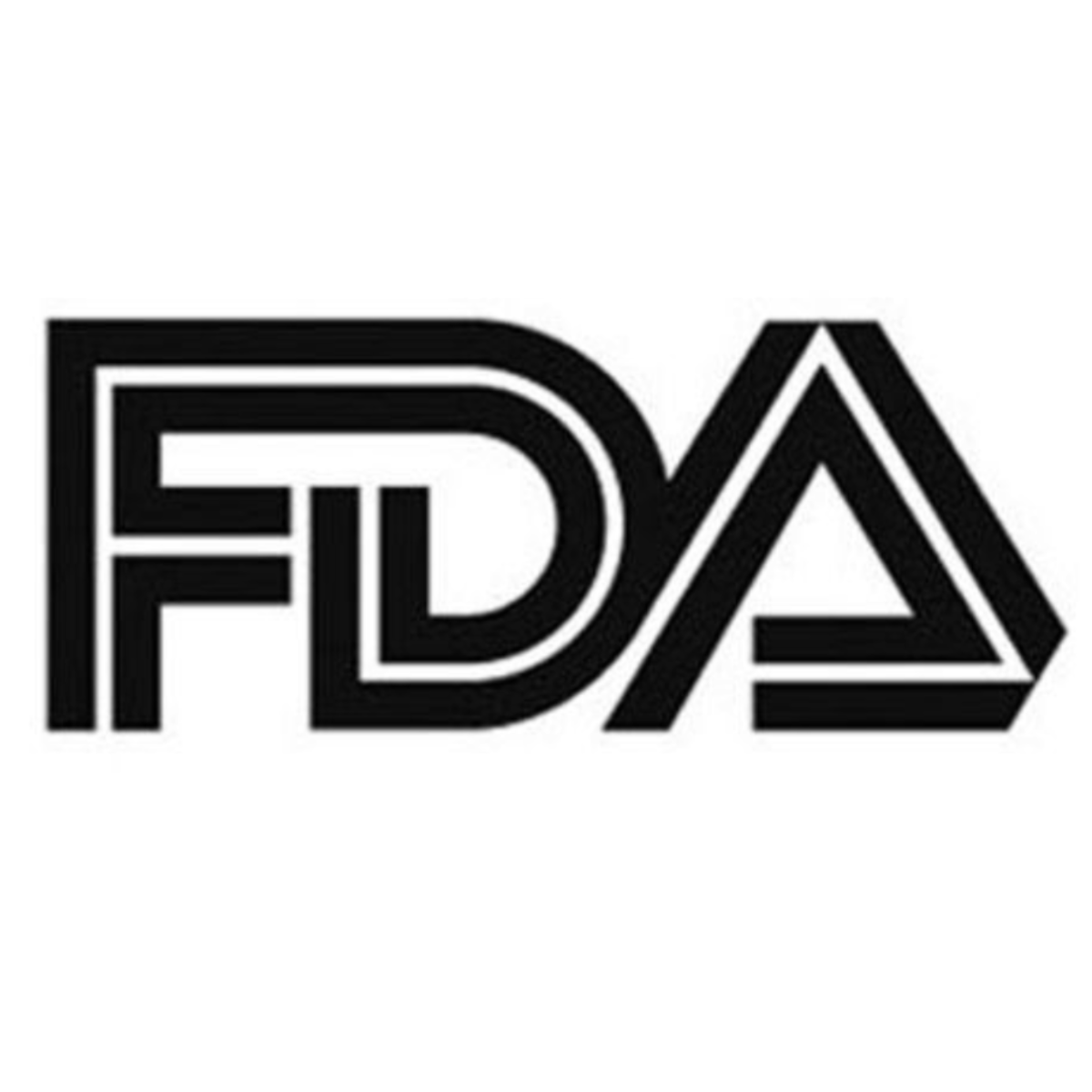FDA Approves Expanded Gallium Ga-68 Gozetotide Use in mCRPC
US FDA

- The FDA has expanded the label for gallium Ga-68 gozetotide (Illuccix) to include patient selection for radioligand therapy (RLT) in the pretaxane setting for metastatic castration-resistant prostate cancer (mCRPC).
- This approval allows for earlier identification of patients eligible for prostate specific membrane antigen (PSMA)-directed therapies like lutetium Lu-177 vipivotide tetraxetan (Pluvicto), aligning with a shift towards personalized treatment earlier in the disease course.
- The expanded use of gallium Ga-68 gozetotide is projected to increase annual scans by at least 20,000, but clinicians must be aware of potential misinterpretation risks, radiation exposure, and drug interactions.
The FDA has granted a significant label expansion for gallium Ga-68 gozetotide, a radiopharmaceutical used in positron emission tomography (PET) imaging.1 This approval now includes the use of gallium Ga-68 gozetotide for patient selection for RLT in the pretaxane setting for patients with mCRPC. This decision is anticipated to significantly increase the clinical utilization of gallium Ga-68 gozetotide, with projections of at least 20,000 additional scans annually.
The label update for gallium Ga-68 gozetotide represents its third indication, specifically for identifying patients eligible for PSMA-directed therapy, aligning with the expanded label for lutetium Lu-177 vipivotide tetraxetan (Pluvicto). Lutetium Lu-177 vipivotide tetraxetan, a targeted RLT, was recently approved for patients with mCRPC who have progressed after androgen receptor pathway inhibitor (ARPI) therapy but prior to receiving taxane-based chemotherapy.2 The synchronous expansion of both diagnostic and therapeutic agents underscores a pivotal shift towards earlier intervention and personalized treatment strategies in mCRPC.
"It is pleasing to see the ability to use gallium-68 PSMA-PET for patient selection expanded," said Scott T. Tagawa, genitourinary oncologist at Weill Cornell Medicine, in a press release.1 "This empowers clinicians to make more informed, personalized decisions earlier in the disease course and access life-prolonging targeted radionuclide therapy for more patients with prostate cancer."
PSMA is a transmembrane glycoprotein overexpressed on the surface of prostate cancer cells, making it an ideal target for both diagnostic imaging and targeted therapy. Gallium Ga-68 gozetotide, a PSMA-targeted radiotracer, binds to these PSMA-expressing cells. The subsequent PET scan then visualizes these PSMA-positive lesions, providing critical information on disease extent and guiding treatment decisions.
Historically, systemic treatment for mCRPC has typically followed a sequential approach, often involving ARPIs followed by taxane-based chemotherapy.3 The recent approvals, however, introduce a new paradigm where RLT can be considered earlier in the treatment continuum. This earlier integration of RLT necessitates accurate patient selection, a role precisely addressed by the expanded indication for gallium Ga-68 gozetotide PET imaging. The ability to identify PSMA-positive disease before chemotherapy may allow clinicians to optimize treatment sequencing and potentially improve patient outcomes.
Mechanism of Action and Clinical Implications
Gallium Ga-68 gozetotide, when radiolabeled with Ga-68, acts as a diagnostic agent.1 Its mechanism involves specific binding to PSMA, which is highly expressed on prostate cancer cells. The decay of Ga-68 emits positrons, which are detected by the PET scanner, creating an image that delineates PSMA-positive lesions throughout the body. This provides a comprehensive view of disease burden, including metastases that might be missed by conventional imaging.
Lutetium Lu-177 vipivotide tetraxetan, on the other hand, functions as a therapeutic radioligand. It also targets PSMA, but instead of diagnostic positrons, the attached Lutetium-177 isotope emits beta-minus radiation, delivering targeted radiation directly to the PSMA-expressing cancer cells, leading to DNA damage and cell death. The synergy between gallium Ga-68 gozetotide for patient selection and lutetium Lu-177 vipivotide tetraxetan for targeted therapy exemplifies a theranostic approach, where a diagnostic agent informs the use of a therapeutic agent with the same target.
Important Safety Information and Considerations
A key consideration for clinicians regarding gallium Ga-68 gozetotide is the risk of misinterpretation. A negative image does not definitively rule out the presence of prostate cancer, nor does a positive image confirm it. Gallium Ga-68 gozetotide uptake is not exclusive to prostate cancer and can be seen in other malignancies or nonmalignant conditions like Paget disease, fibrous dysplasia, and osteophytosis. Therefore, clinical correlation, often including histopathological evaluation, remains crucial for definitive diagnosis. The performance of the imaging agent may also be influenced by serum prostate-specific antigen (PSA) levels and the site of disease, as well as Gleason score for metastatic pelvic lymph nodes in the preinitial definitive therapy setting.
As with all radiopharmaceuticals, radiation risks are inherent. Gallium Ga-68 gozetotide contributes to a patient's overall long-term cumulative radiation exposure, which is associated with an increased risk of cancer. Strict adherence to safe handling procedures is necessary to minimize exposure to both patients and health care providers. Patients should be advised to hydrate adequately before and after administration and to void frequently to reduce radiation exposure.
Adverse reactions to gallium Ga-68 gozetotide have generally been infrequent and mild. In clinical studies, commonly reported adverse reactions occurring at a rate of less than 1% included nausea, diarrhea, and dizziness. In the VISION study (NCT03511664), adverse reactions reported at a rate of ≥0.5% included fatigue (1.2%), nausea (0.8%), constipation (0.5%), and vomiting (0.5%). Less common adverse reactions (rate of <0.5%) included dry mouth and injection site reactions.
It is also important to note potential drug interactions. Androgen deprivation therapy (ADT) and other therapies targeting the androgen pathway can alter the uptake of gallium Ga-68 gozetotide in prostate cancer cells. While this phenomenon has been observed, the precise effect of these therapies on the performance of gallium Ga-68 gozetotide PET imaging has not been definitively established, requiring careful clinical judgment.










